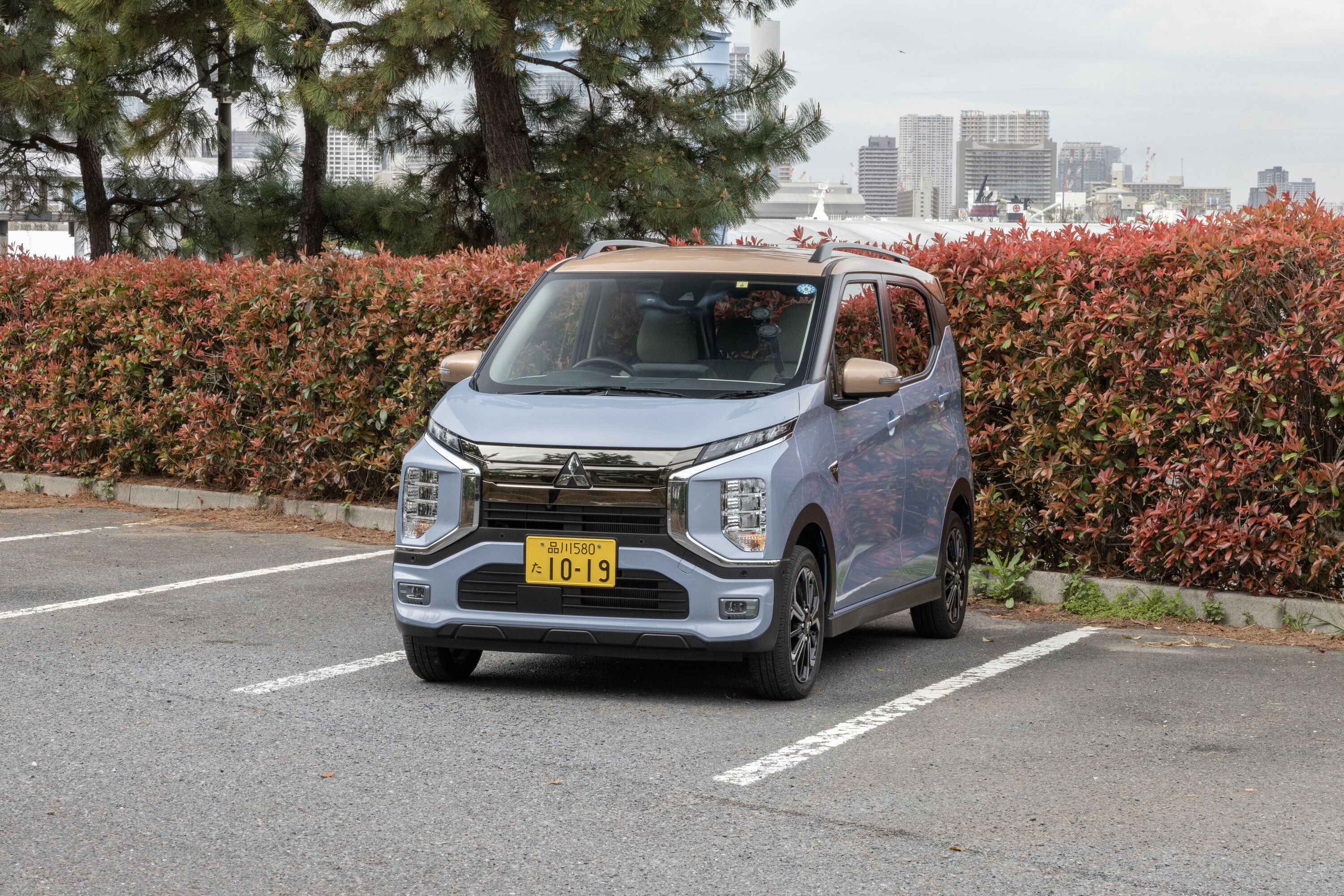“What we’re saying is: ‘What is an acceptable level of safety?’ And that’s for the public to decide, it’s not for ANCAP or some government bureaucrat to decide”, said an impassioned Shaun Westcott, Mitsubishi Australia CEO.
That question came from a robust discussion about the affordability of new cars, and the necessity for cities to downsize vehicles and cut emissions. Mitsubishi’s contribution to which would be the eK X electric Kei car: a vehicle that would only be rated by ANCAP if Mitsubishi paid for the testing process, or the independent body chose to buy one.
It seems there’s always an ANCAP blunder of some sort in the news cycle; the latest being the five-seat Jeep Grand Cherokee’s odd four-star rating, but don’t forget the 2015 Ford Mustang two-star rating or the conjecture around BYD’s lack of exposed child tether points last year.
I’ve come from a country where three-star is okay, [while] Australia, ANCAP, is still talking five-star or nothing – and I’m thinking, really?
Closer to Mitsubishi’s heart was the Express van, which saw ANCAP slap the Japanese carmaker with a zero-star safety rating in 2021 – despite the identical Renault Trafic getting three stars in less stringent 2015 Euro NCAP testing.
A vehicle with no ANCAP rating, or a low score, always falls under scrutiny in Australia – a market with an active motoring media and a buying public that rightly hold manufacturers accountable for poor safety performance.
The flip side is the shrinking availability of ‘affordable’ new cars: the number of manufacturers selling new models for under $25,000 has fallen from over 25 a decade ago, to just five today.
Inflation is a major contributor to this statistic, but with manufacturers not willing to risk getting slammed with blanket low safety ratings, more affordable global models are regularly removed or ruled out from local line-ups. The new Hyundai Kona (with a starting price that climbed $5100 in one generation) is just the latest example of ‘losing the bottom end’.
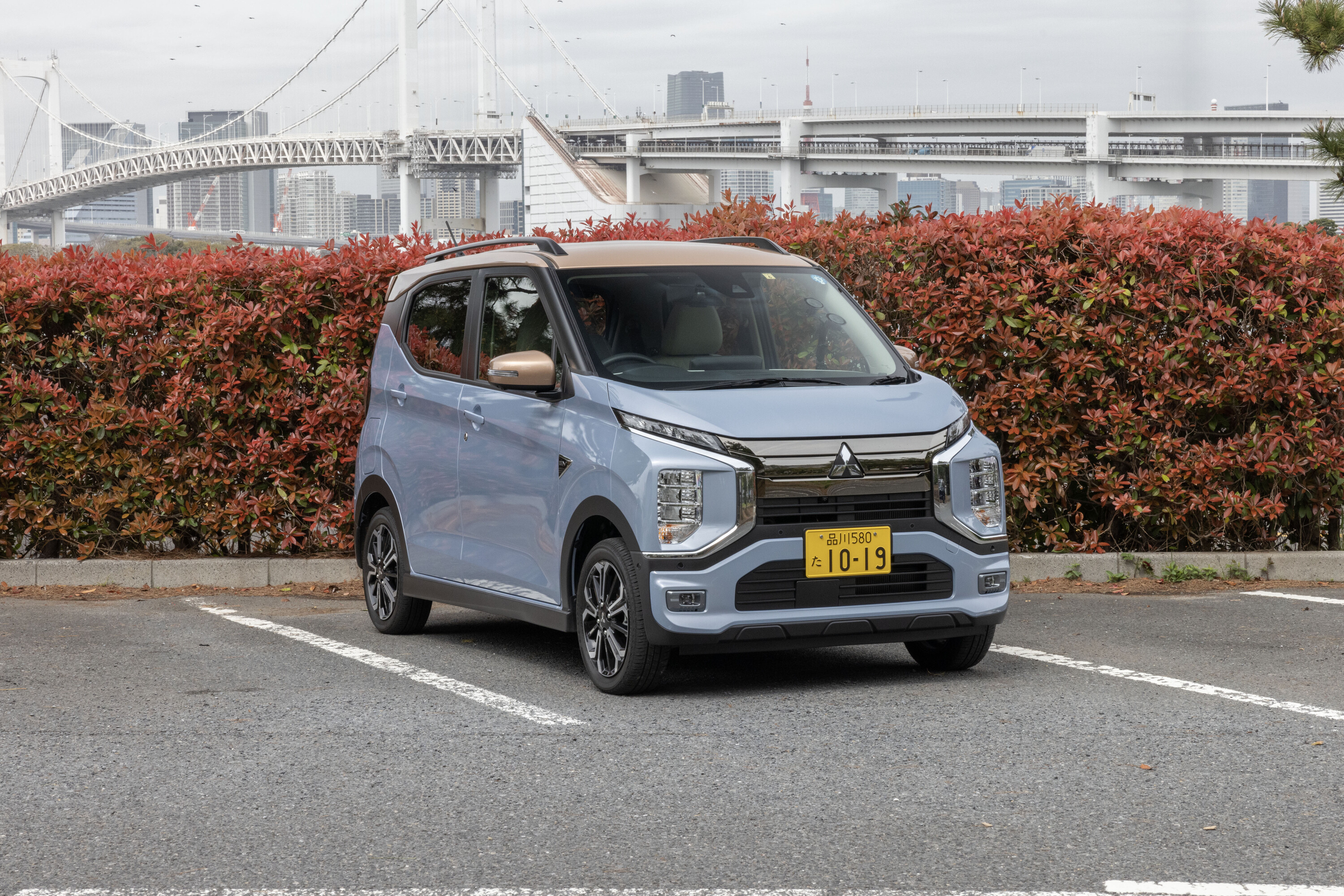
“It is reassuring to see manufacturers take responsibility and prioritise safety – as a standard offering, not an option – and provide their customers with the safest vehicles they can”, ANCAP CEO, Carla Hoorweg said in response, before adding:
“Safety-related costs are undoubtedly a factor in vehicle pricing, but only one relatively small component.”
“We want to hear the voice of the consumer. If the consumer says a [three-star ANCAP Kei car] is what they need, and that’s what they want, we’ll give it to them”, Westcott said.
Mitsubishi is studying how to capture this end of the market; a disruptive affordable electric vehicle like the eK X EV could be the ticket. Westcott pointed out the niche success of Fiat’s 500, a car that has remained on sale since its 2008 introduction and steadily sells between 500-1000 annually. It’s also a car with an expired safety rating from a far-less strict time.
And the Fiat 500 isn’t the only car in that segment with less than five stars. The Kia Picanto carries a 2017 four-star rating that’s considered a strong result in Europe and other markets for a vehicle of its size.
The eK X EV has solid credentials from JNCAP – Japan’s independent safety testing body – with a 2022 five-star rating and strong occupant protection. Seven airbags, AEB, lane-departure warning, traffic-sign recognition and driver attention monitoring are standard.
To qualify for a five-star rating in ANCAP’s 2023 protocols, vehicles need effective AEB detection for two-wheeled vehicles, along with blind-spot monitoring systems, reverse AEB, stricter driver fatigue monitoring, and post-submergence power window functionality. The eK X EV would require significant re-tuning and engineering to pass these tests with the full complement of stars.
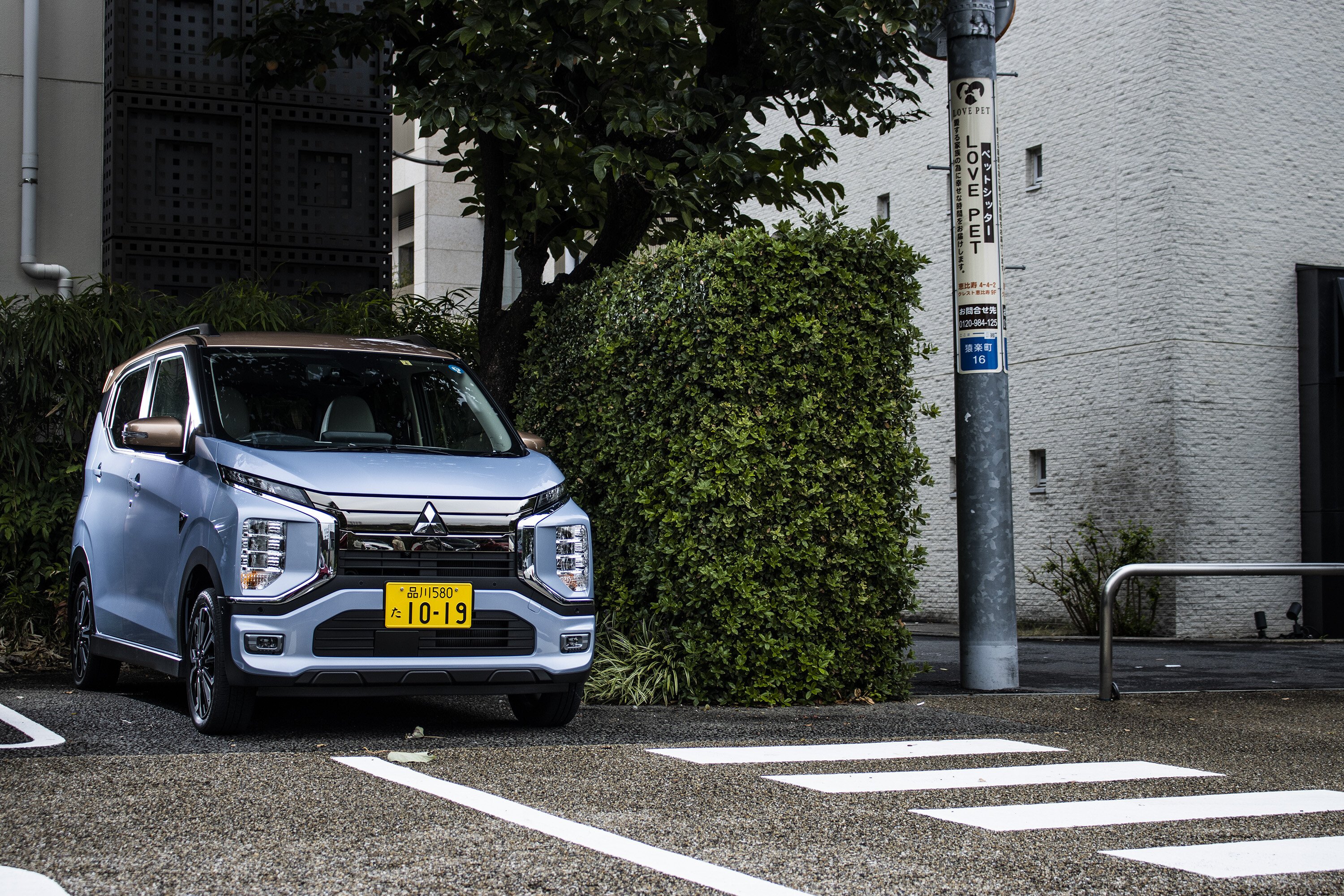
“I’ve come from a country where three-star is ok”, Shaun says in his crisp South African accent.
“Europe and Euro NCAP say three stars is ok, New Zealand does too. Australia – ANCAP – is still talking five-star or nothing, and I’m thinking, ‘really? Are we sure about that?’
“When my daughters went to Uni in South Africa, they had a choice of buying a four- or five-year-old secondhand car with 40,000kms and an outdated five-star [rating], or a new [car] for the same price.
“I sat down with my daughters – one was studying a PhD in mathematics and the other was doing a master’s degree in psychology – and said: ‘You want a five-year-old five-star car? Or would you want a new one that’s three-star?’ They chose the three-star new car”, said Westcott.
In response, ANCAP pointed out the datestamps and protocol details on its website as a way for customers to compare and contrast old and new ratings.
“As vehicles improve, and safety features and technologies mature, so does the ANCAP safety rating criteria – choosing a vehicle with the latest datestamp means a consumer benefits from the most recent improvements. This continual evolution ensures Australian consumers are provided the safest vehicles possible”, said Carla Hoorweg.
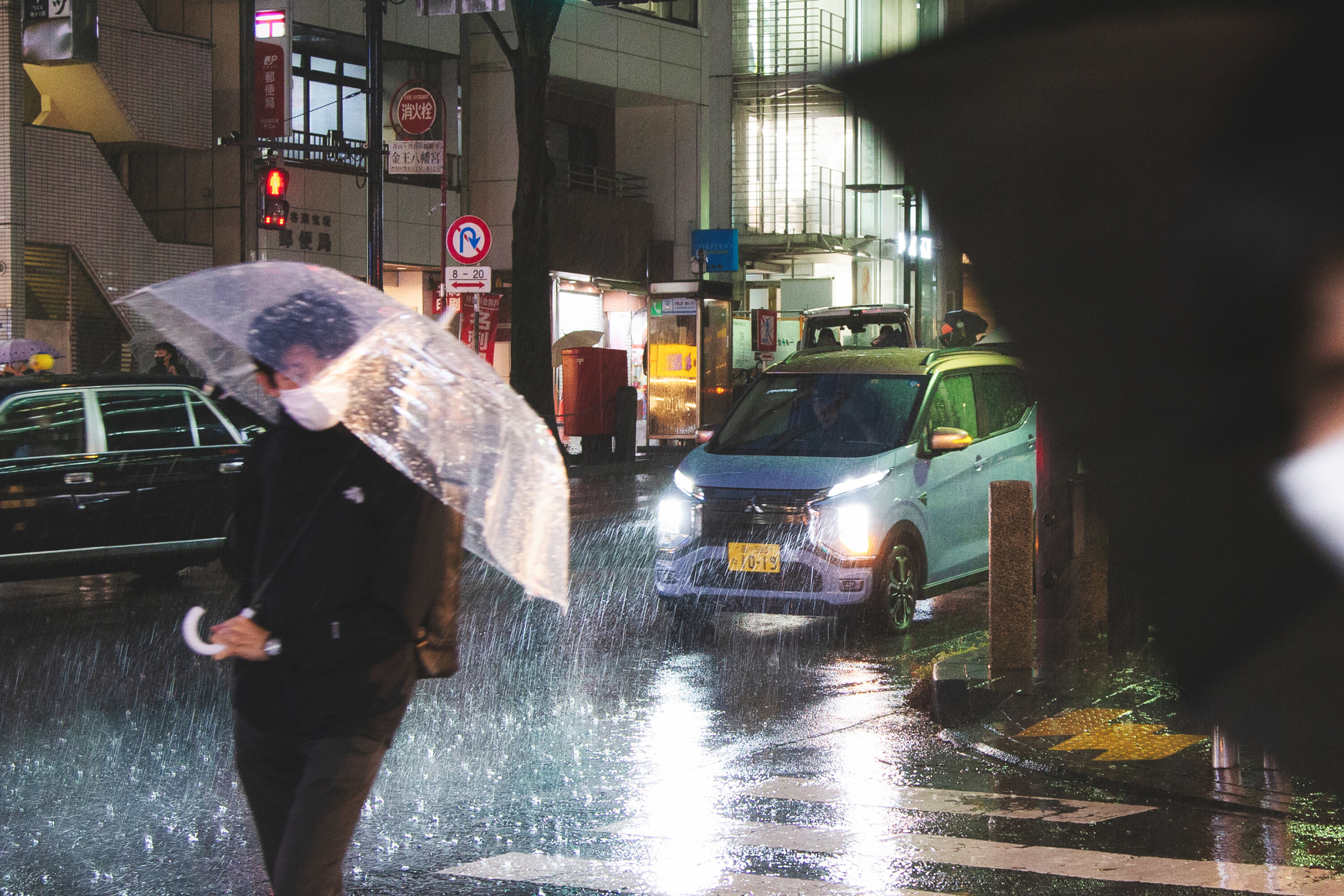
Naturally, Westcott is adamant that Mitsubishi is not compromising on safety, but rather attempting to promote discourse on what different ratings mean – and whether it always has to be five.
“We want to hear the voice of the consumer. If the consumer says a [three-star ANCAP Kei car] is what they need, and that’s what they want, we’ll give it to them”, Westcott continued.
Westcott also pointed out what, in his view, are inconsistencies in ANCAP’s rating system. One specific case of the Kia Stonic small SUV being given the Rio small car’s 2017 safety rating in 2021.
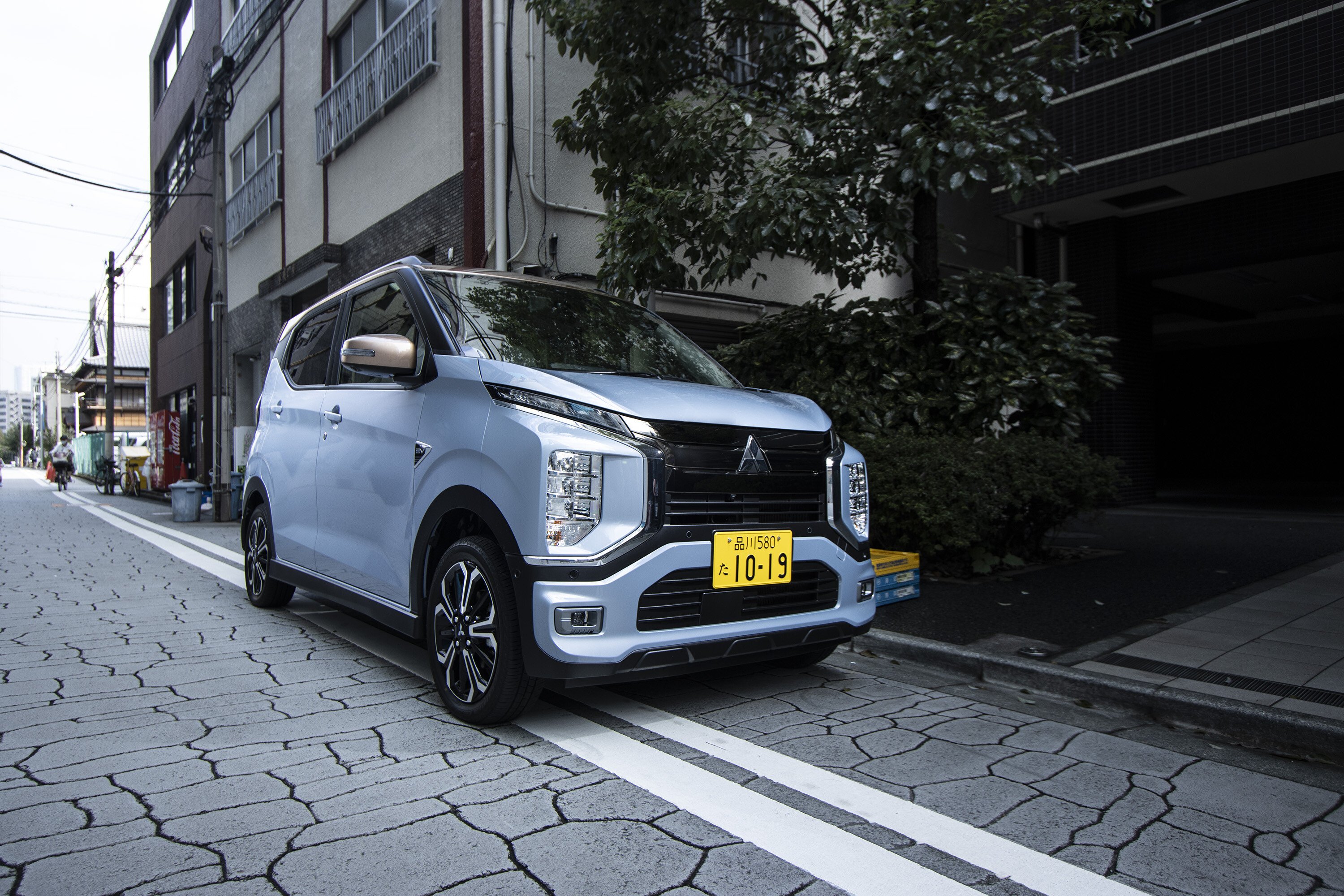
“Why did they take the Stonic [as five stars without testing it]? You took the same platform [as Rio] but that’s all. Everything else changed; ride height, body, everything else changed but ANCAP gave it the same rating?” he said.
Westcott admitted he isn’t sure if the Australian public is ready for a three-star car. Legally, the eK X EV (and Delica) don’t need an ANCAP safety rating to be sold in Australia – they just need to pass Australian design rules, which aren’t as strict as ANCAP criteria.
Taking that path could bite Mitsubishi, however. The optics of a manufacturer ‘sneaking’ a car past ANCAP ratings only for the body to purchase a car and test it independently with a negative result are not ideal.
To cover the compliance costs, the eK X will need to sell in reasonable volume, although Mitsubishi Australia was unwilling to put forward a ‘golden number’.

Westcott added that, for the eK X to be an engaging proposition, the price would need to stay below $40,000, where it would battle with the BYD Dolphin and entry-level MG4. This has been a relatively easy feat for the Chinese brands with their huge scale, but legacy brands have had a harder time coming anywhere near $40,000 for an EV.
As a compact vehicle with a 180km WLTC (more optimistic than WLTP) driving range, the eK X EV would struggle to compete spec-for-spec with Chinese rivals at near-$40k. But if the package is interesting and unique enough, it could well find a number of passionate purchasers.
Conversely, if it’s priced above what buyers deem affordable, a less-than-five-star rating could be disastrous. Compromising on range and space may be one thing, but safety? When price-equivalent Chinese rivals seem to be getting through the tests with five stars, it’s a trickier equation.
We recommend
-
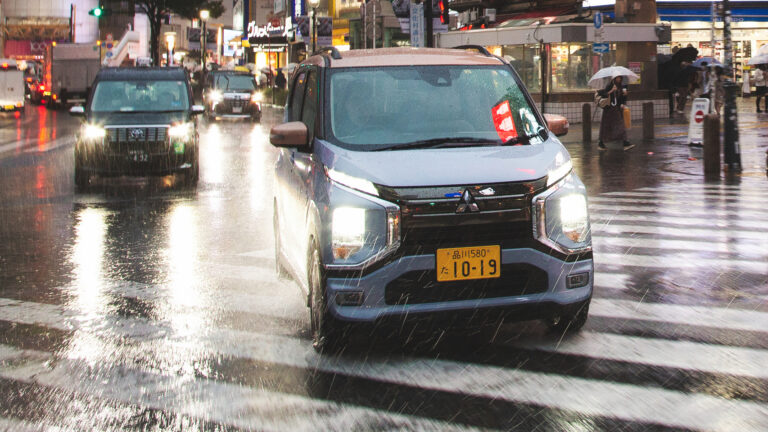 Reviews
Reviews2023 Mitsubishi eK X electric review: Is this the EV Mitsubishi needs in Australia?
Is the time ripe for Mitsubishi to have another crack at an all-electric microcar in Australia?
-
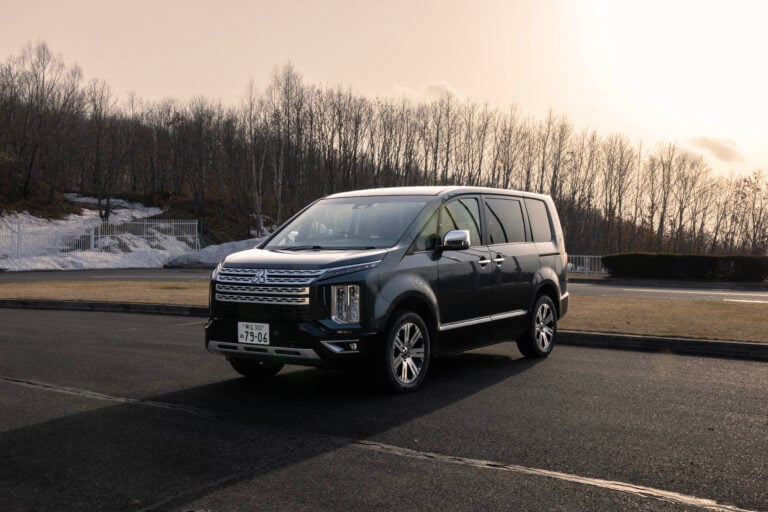 Reviews
Reviews2023 Mitsubishi Delica review: Should it come to Oz?
With a few spare minutes at our disposal, we had a brief spin in Mitsubishi’s quirky off-road minivan
-
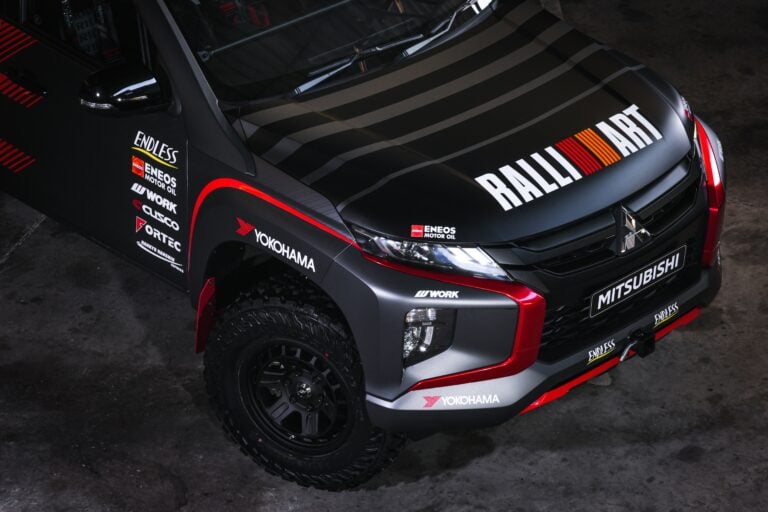 News
NewsMitsubishi planning Ralliart return, Triton likely first up
Hotted up models could gain local chassis tuning and more grunt


